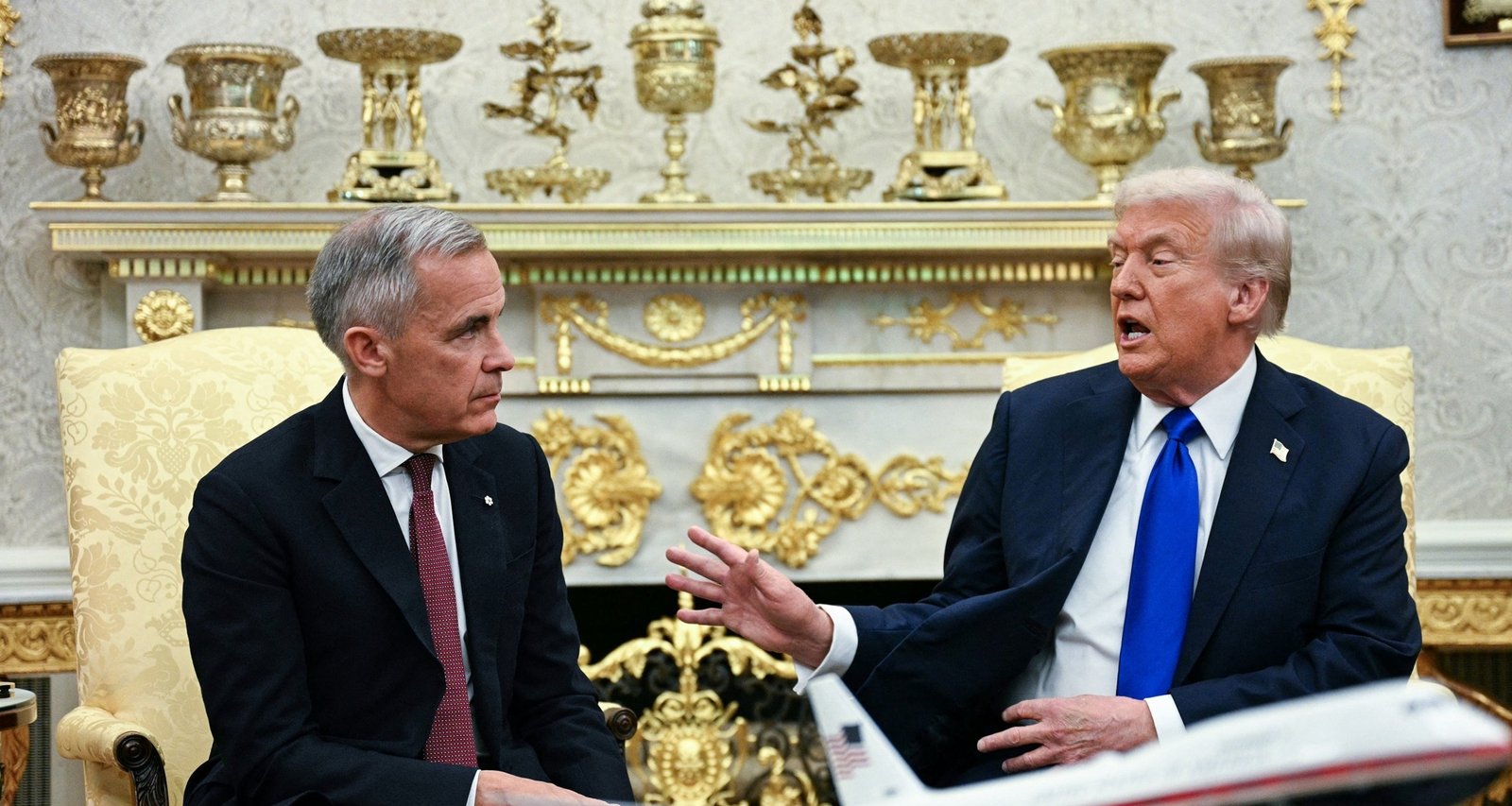Current Tariff Structure Remains in Place
Canadian goods currently face a 35% border tariff unless they comply with the United States-Mexico-Canada Agreement (USMCA), which exempts many categories. In addition, sector-specific duties impose a 50% levy on Canadian steel and aluminum, commodities in which Canada is the largest foreign supplier to the United States.
The now-suspended talks had aimed to lower or remove those metal tariffs. Michael Sposi, an economics professor at Southern Methodist University, said the collapse in negotiations eliminates the most immediate pathway to duty reductions. “Any rollback would have required a negotiated solution,” he noted.
Potential Consumer Price Consequences
Steel and aluminum are core inputs for a wide range of consumer items. According to the American Iron and Steel Institute, steel accounts for about 60% of a vehicle’s weight. When import costs rise, domestic manufacturers typically pass part of the increase to buyers. Home appliances such as refrigerators, washing machines and dishwashers, which also rely heavily on steel casings and internal components, could experience similar mark-ups.
Auto parts are another area of concern. Even components assembled in the United States often incorporate Canadian metal, meaning higher input prices can ripple through the entire supply chain. Tyler Schipper, an economist at the University of St. Thomas, said the halt “doesn’t bode well” for keeping vehicle costs stable, particularly with the USMCA scheduled for formal review in 2026.
Beyond steel-based goods, the tariff dispute risks clouding broader cross-border commerce. Canada ships roughly three-quarters of its total exports to the United States, while those goods represent about 11% of U.S. imports. In 2024, the U.S. registered a $63 billion merchandise trade deficit with Canada, a figure smaller than its gaps with China and Mexico but still commercially significant.
Supreme Court Case Looms
The Supreme Court is set to examine the legality of the current tariff regimen next month. Trump contends the Ontario advertisement was designed to sway judicial opinion, though the claim has not been substantiated. Legal analysts say the Court’s ruling could either reinforce presidential authority over trade policy or impose new constraints. Until that decision arrives, existing duties remain effective.

Imagem: Internet
Digital Services Tax Dispute Revisited
This is not the first interruption of bilateral talks during Trump’s second term. In June he suspended negotiations over Canada’s proposed 3% Digital Services Tax on U.S. technology firms. Ottawa dropped the plan days later, and discussions resumed. The swift revival in that episode contrasts with the current impasse; no timetable has been established for renewing contact.
Upcoming USMCA Review
The trilateral USMCA agreement mandates a joint assessment six years after its 2020 implementation. If tensions persist into next year’s preparatory phase, Ottawa and Washington may struggle to present a unified approach on automotive rules of origin, dairy quotas and dispute-resolution mechanisms. Schipper warned that uncertainty could extend price volatility to finished vehicles and other major imports normally shielded by the pact.
Broader Economic Context
National inflation has already accelerated in recent months, with beef and other staples recording steep increases. Additional cost pressure from metals could complicate Federal Reserve efforts to steer price growth back toward its long-term target. Meanwhile, manufacturers facing higher input expenses may reconsider production schedules or seek alternative suppliers, moves that could affect employment in both countries.
Comparable episodes show how swiftly tariffs can influence downstream markets. After the administration’s 2018 steel duties, average U.S. steel prices rose nearly 25% within six months, according to research compiled by the Brookings Institution. Analysts caution that a protracted dispute with Canada could replicate that pattern.
For now, businesses reliant on Canadian metals must operate under the existing 35% general tariff and the 50% sector levies. With formal talks suspended indefinitely, industry groups are preparing for sustained higher costs and possible supply adjustments while awaiting either court intervention or a political reversal.
Crédito da imagem: AFP via Getty Images



